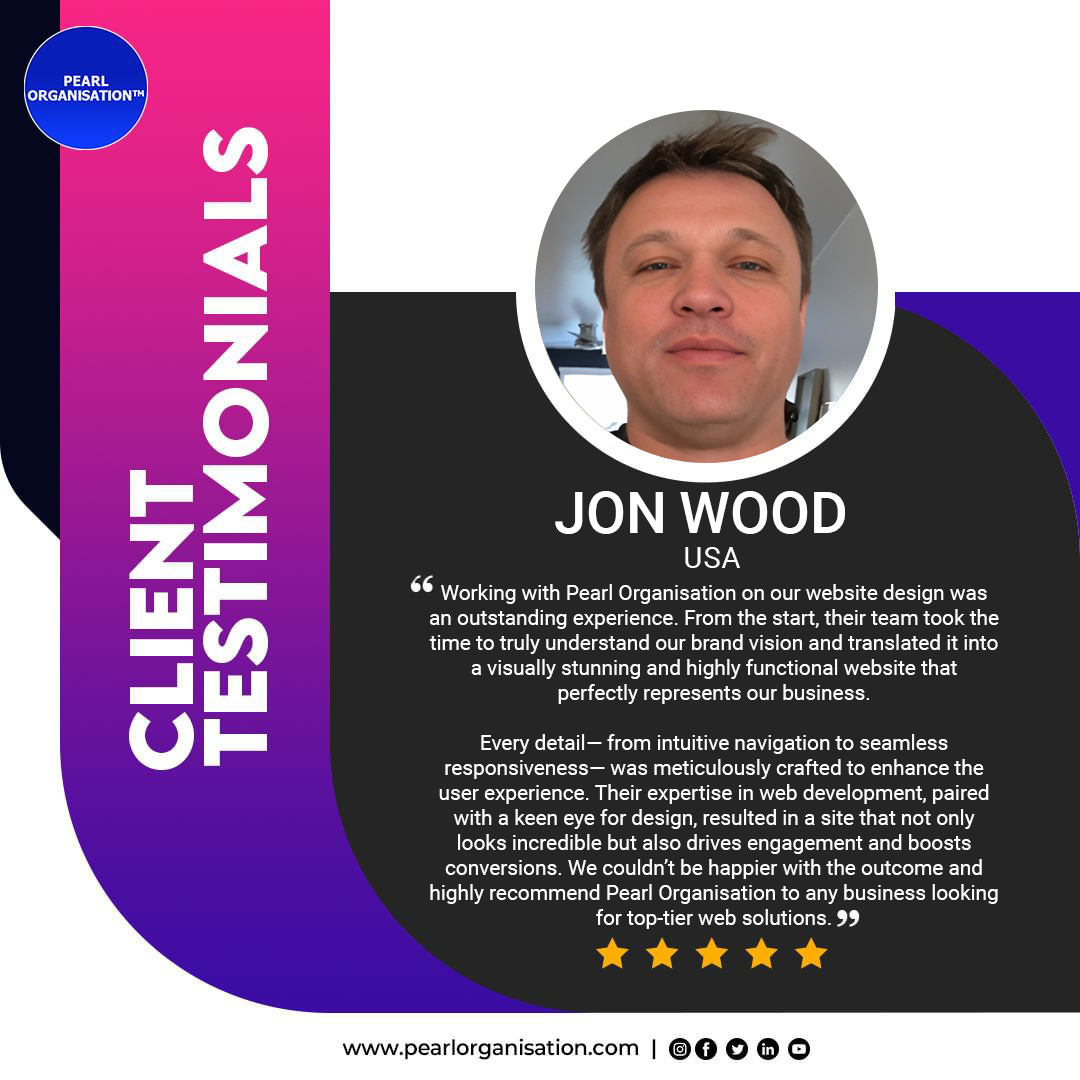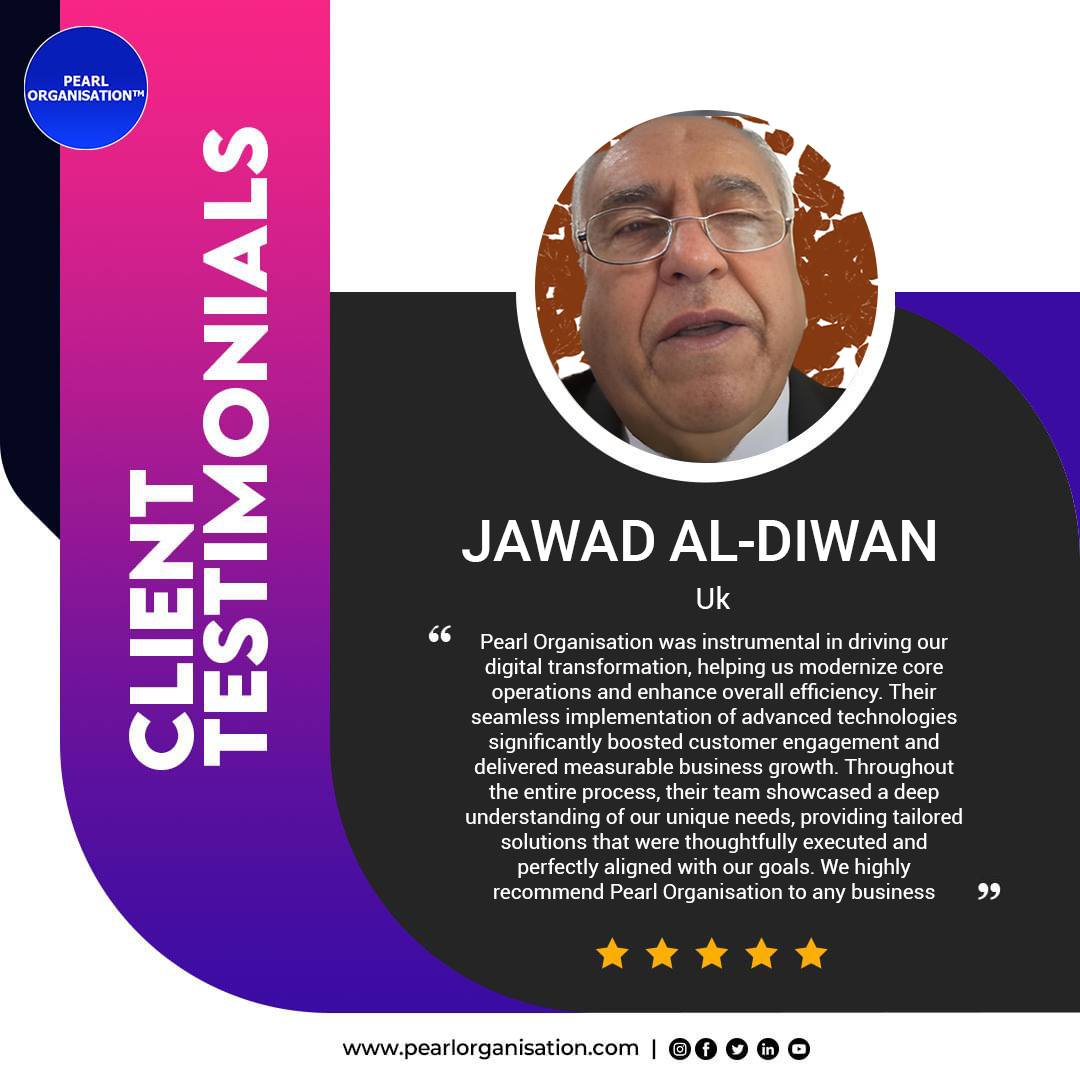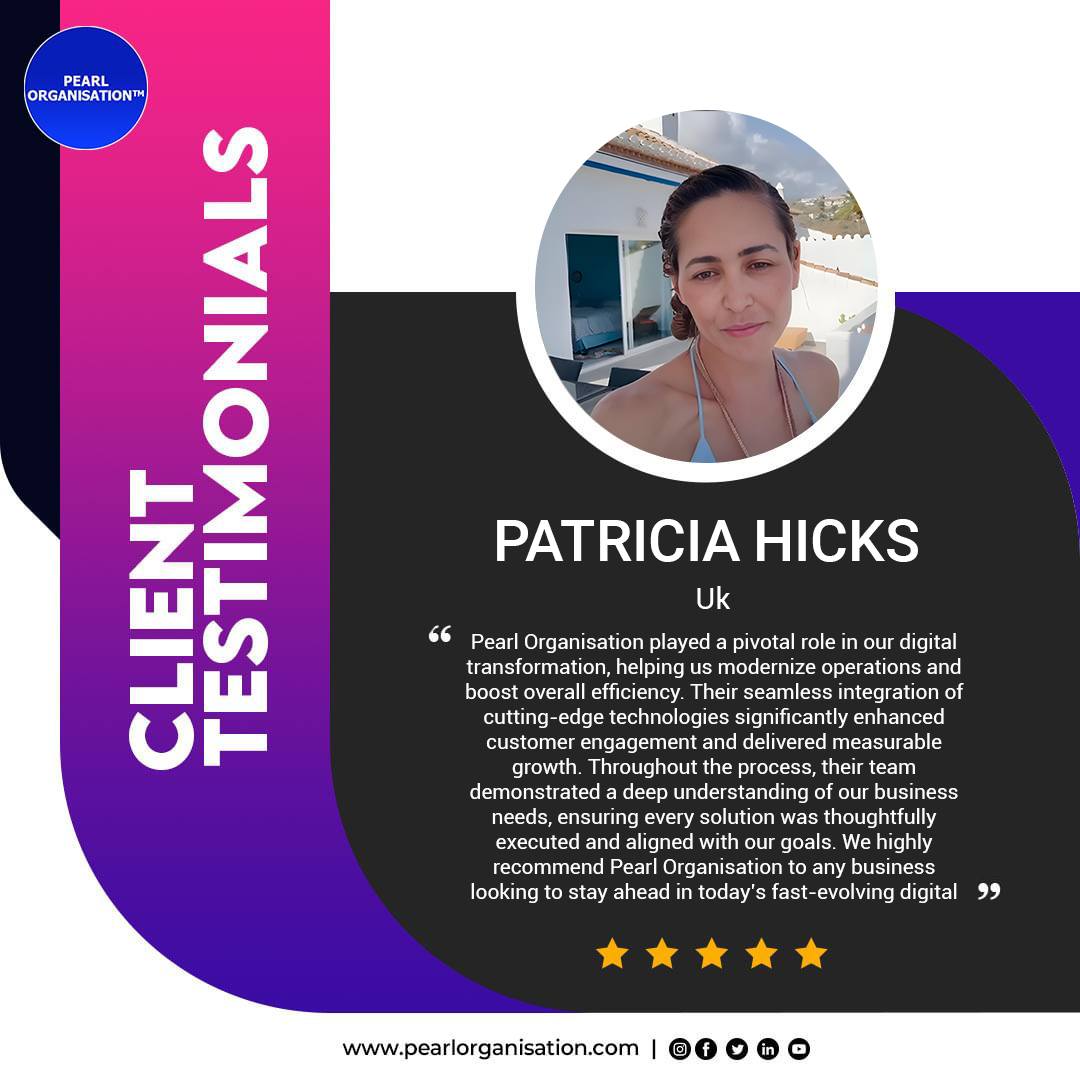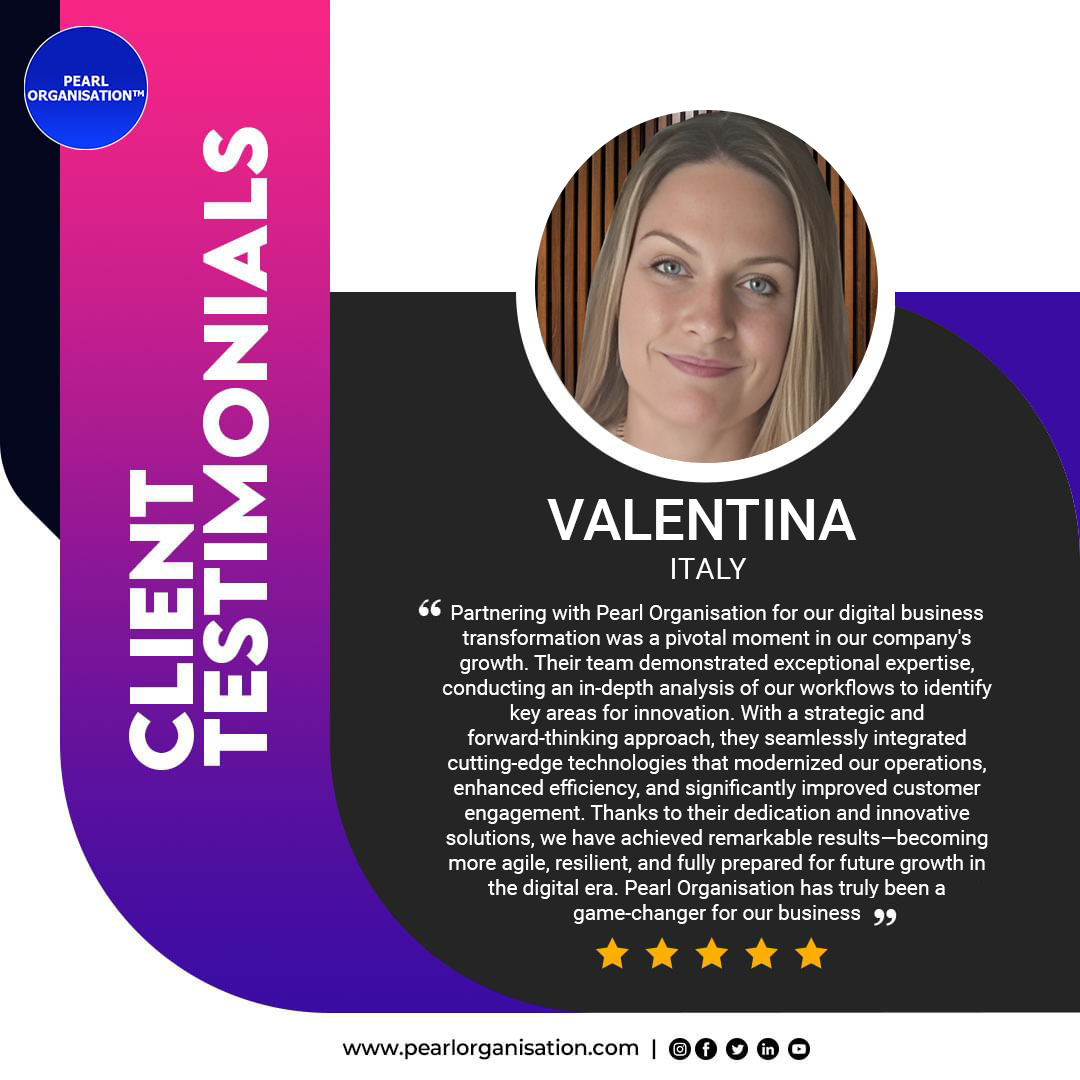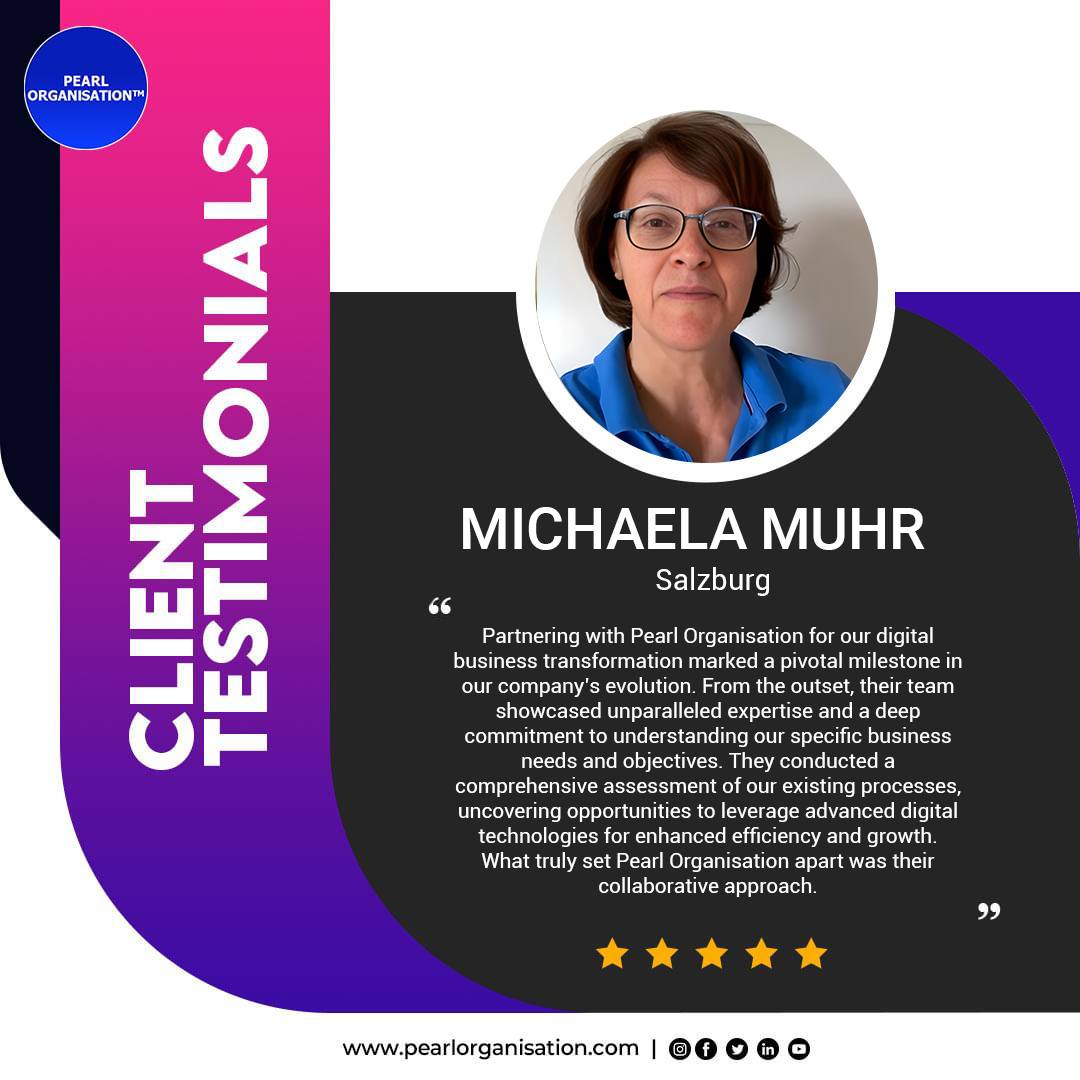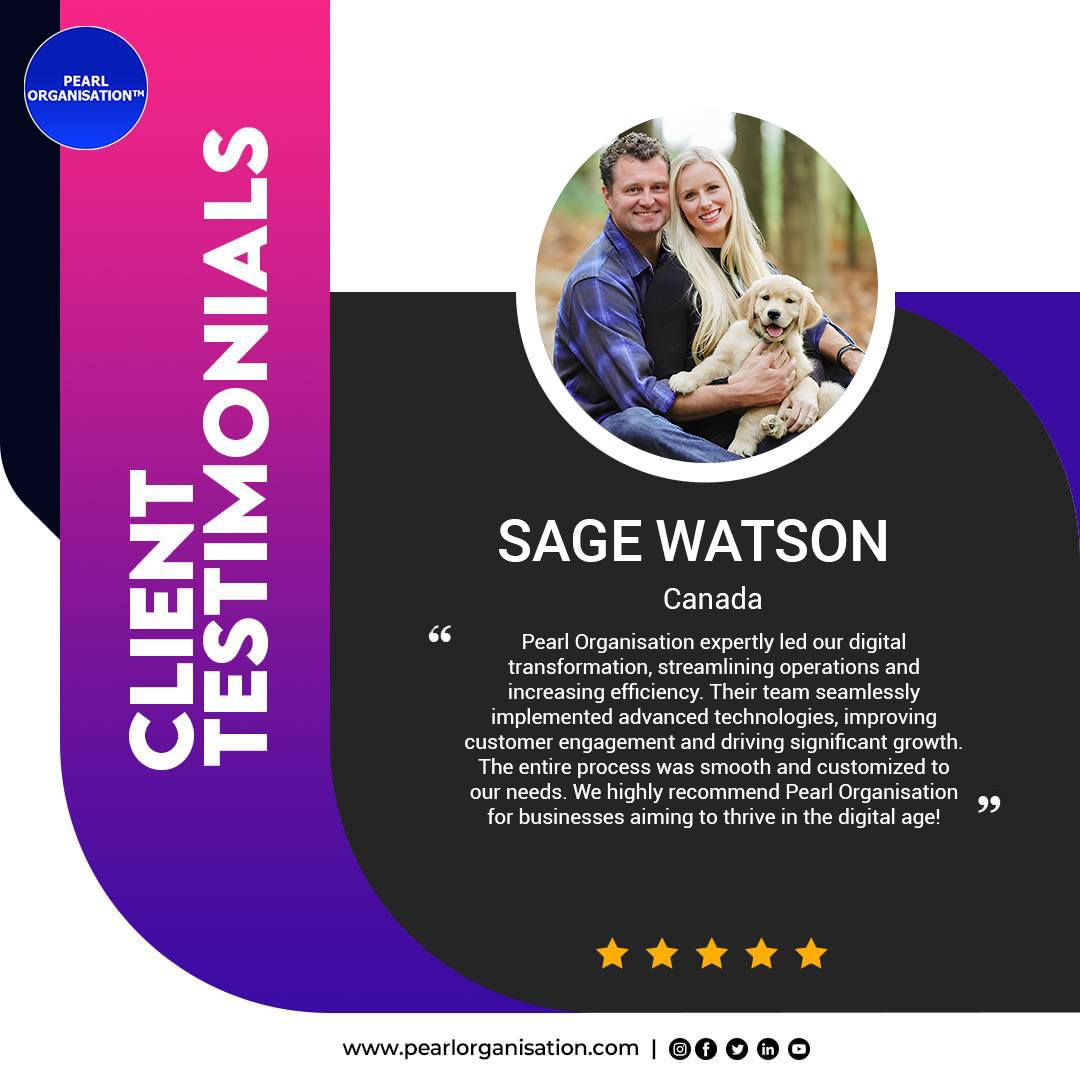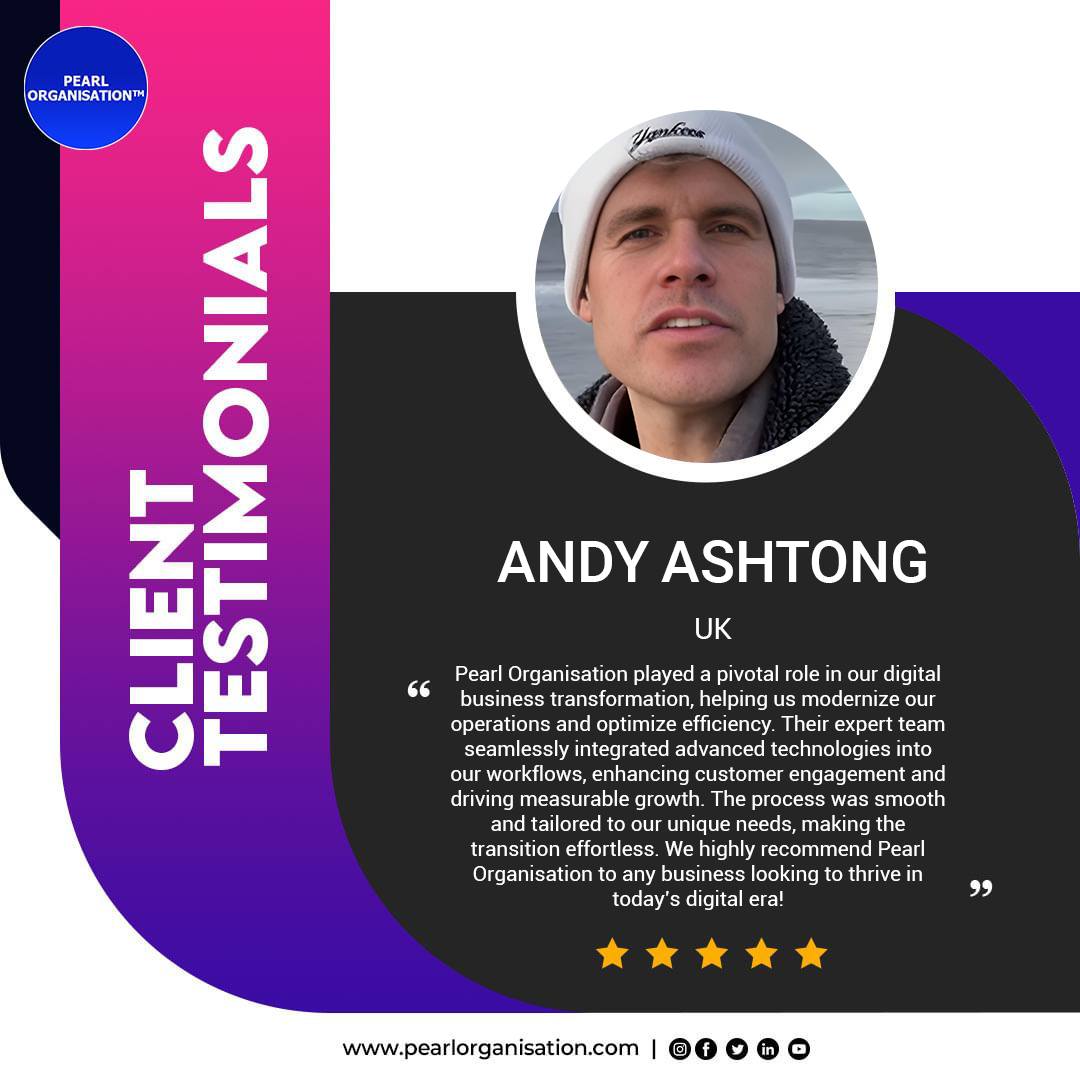How Pearl Organisation Builds Role-Based Enterprise Dashboards That Drive Results
- Larrisa

- Jun 16
- 7 min read

In the digital enterprise era, data is currency, but context is power. With the explosion of ERP, CRM, HRMS, and custom business software, companies collect more data than ever—but if that data isn't contextualized, filtered, and delivered in real time to the right user, its value remains unrealized.
Pearl Organisation helps businesses transform raw data into role-specific, action-ready intelligence through highly strategic, scalable, and secure role-based enterprise dashboards. These dashboards are designed not just to inform—but to empower decisions, trigger actions, and track outcomes with laser precision.
What Are Role-Based Dashboards?
A role-based dashboard is a personalized digital control panel tailored to each user’s function, permissions, and decision-making responsibilities. It aligns key performance indicators (KPIs), operational workflows, and data visualizations with the user’s business role.
Unlike generic dashboards that treat every user the same, Pearl Organisation’s role-based dashboards provide:
Precision: Only relevant metrics are shown
Focus: Eliminates noise, distractions, and irrelevant data
Security: Sensitive information is protected by access controls
Speed: Users act faster when their dashboard is intuitive and contextual
Accountability: Each team member knows what’s expected and how performance is measured
Why Traditional Dashboards Don’t Deliver Results
Many ERP and software vendors offer static dashboards that try to serve all roles through a one-size-fits-all model. This approach fails to address the real needs of different departments and roles, leading to:
Cognitive overload and misinterpretation
Delays in decision-making due to excessive filters
Security vulnerabilities from universal data access
Low adoption due to poor personalization
High operational inefficiency
Pearl Organisation fixes this by building fully customizable role-based dashboards integrated with real-time data pipelines and tailored logic for each function.
Pearl Organisation’s Role-Based Dashboard Development Framework
Phase 1: Strategic Role Discovery & Workflow Mapping
Our dashboard strategy starts with deep discovery:
Who are your stakeholders?
What decisions do they make?
What data do they need to act?
How frequently do they need updates?
What metrics impact their performance?
We interview C-suite, department heads, and key users to map workflows, escalation paths, KPIs, and visibility boundaries across the organization.
Example:
A logistics manager sees vehicle dispatch delays, fuel costs, and driver statuses
A warehouse supervisor sees inbound inventory, pick/pack status, and defect rates
A CEO sees revenue per region, margin %, and high-level project health
This ensures every dashboard is purpose-built and outcome-driven.
Phase 2: Role-Tiered Data Architecture & Security Modeling
Data access is tiered based on roles, divisions, and locations.
Pearl Organisation configures:
User Groups & Roles (admin, manager, staff, viewer)
Data Slicing (branch-based, team-specific, time-bound)
Access Controls (read-only vs. interactive dashboards)
API-Level Permissions (secure integration with ERP/CRM APIs)
Audit Logs for compliance tracking (HIPAA, ISO, GDPR, etc.)
This architecture reduces risk of data leaks, protects sensitive information, and enforces least-privilege access control.
Phase 3: KPI Engineering & Custom Visualization Logic
Every dashboard component is designed based on:
Operational KPIs (efficiency, lead time, resolution rate)
Strategic KPIs (growth rate, customer retention, ARR)
Compliance KPIs (policy adherence, audit success, turnaround time)
Team KPIs (performance, attendance, task success)
Financial KPIs (budget utilization, cash flow, margin)
We build visualizations such as:
Speedometers and progress rings for SLA tracking
Funnel and pipeline diagrams for sales and marketing
Multi-layered charts for inventory or resource allocation
Drill-down reports for time-based comparisons
Alerts and badges for real-time escalations
These visualizations are interactive, mobile-ready, and fully dynamic based on real-time data feeds.
Phase 4: Real-Time Data Integrations & Automation
Our dashboards connect to your existing systems or cloud applications:
We use ETL pipelines or real-time webhooks to pull and sync data—ensuring zero lag between action and visibility.
Pearl also integrates business logic automation:
Automated flagging of KPI deviations
Role-based email/SMS triggers
SLA escalations and workflow suggestions
Predictive prompts using machine learning
Phase 5: Dashboard Rollout, Training & Optimization
A dashboard is only successful when users trust it, use it, and act on it.
Pearl Organisation offers:
Role-based training modules and onboarding
In-app guided tours for first-time users
Documentation for admins to add/modify widgets
Usage analytics to track engagement and gaps
Feedback-driven UI improvements via Agile sprints
This ensures cross-team adoption and long-term ROI.
Real Examples: Role-Based Dashboards Built by Pearl Organisation
Role | Dashboard Highlights |
CEO / MD | Global performance snapshot, revenue vs forecast, trends |
Sales Manager | Lead funnel, sales vs quota, territory heatmap |
HR Manager | Attrition ratio, training completion, real-time attendance |
Accounts Head | Receivables aging, expense approvals, audit trails |
Warehouse Manager | Inventory turnover, pick-pack error %, live restocking |
Project Manager | Milestone tracker, resource load, client feedback score |
These dashboards improve clarity, drive accountability, and directly influence decision velocity.
Key Benefits of Pearl Organisation’s Role-Based Dashboards
✅ Faster Decisions – Users access the exact data they need, in real-time
✅ Improved Accountability – Each role’s performance metrics are clearly visible
✅ Reduced Reporting Time – No more manual exports or emailed spreadsheets
✅ Increased Adoption – Clean UI and relevant content drive daily engagement
✅ Enterprise-Grade Security – Robust access and compliance policies
✅ Custom & Scalable – Built for 10 users or 10,000, across departments and regions
Why Pearl Organisation?
🎯 Tailored dashboard logic based on business strategy, not just software features
🧩 Cross-platform integrations with modern and legacy tools
🔐 Built-in compliance for regulated industries
📱 Responsive design for desktop, tablet, and mobile
🔁 Long-term support for scaling, upgrades, and innovation
With over 150+ global clients and hundreds of ERP/CRM systems deployed, Pearl Organisation is your trusted partner for building intelligent, high-impact dashboards that deliver operational clarity and measurable growth.
Final Thought
Dashboards shouldn't overwhelm—they should empower. At Pearl Organisation, we design dashboards that align with roles, decisions, and KPIs—not just data. Whether you manage a 5-member sales team or a global multi-departmental workforce, our dashboards ensure every user sees what matters—and acts on it.
🚀 Ready to transform the way your business sees performance?
Explore our ERP & dashboard solutions:🔗 https://www.pearlorganisation.com/top-erp-solutions-and-services
💬 Frequently Asked Questions (FAQs)
Q1: What is a role-based enterprise dashboard, and how is it different from a standard dashboard?
A role-based enterprise dashboard is a customized interface that displays only the data, KPIs, and tools relevant to a specific user’s role within an organization. Unlike generic dashboards that show the same metrics to all users, role-based dashboards are personalized based on job function, department, access level, and business responsibility—enhancing productivity, security, and decision-making speed.
Q2: Why should businesses invest in role-based dashboards?
Role-based dashboards eliminate data overload and ensure that each employee sees only what they need to act on—nothing more, nothing less. Key benefits include:
Pearl Organisation builds dashboards that lead directly to improved business outcomes.
Q3: What types of roles and departments can benefit from custom dashboards?
Every department can benefit, including:
Executive Leadership: Strategic performance snapshots and forecast summaries
Sales Teams: Pipeline health, lead scoring, win/loss ratios
HR Departments: Attrition trends, onboarding progress, leave analytics
Operations: Task completions, downtime alerts, live fulfillment tracking
Finance: Revenue flow, expenses, outstanding payments, audit logs
Project Managers: Milestone statuses, issue escalations, team utilization
Pearl Organisation crafts each dashboard to match real-world workflows for each role.
Q4: How does Pearl Organisation personalize dashboards for each role?
We follow a structured process:
Conduct stakeholder interviews to understand role-specific needs
Map workflows, KPIs, and goals for every user level
Design custom UI/UX layouts using visualizations that match the role
Integrate live data feeds from ERP, CRM, HRMS, and financial tools
Enforce access control rules to secure sensitive information
Iterate based on user feedback to continuously improve usability
This results in dashboards that are relevant, secure, and performance-focused.
Q5: Can these dashboards be accessed on mobile or tablets?
Yes. All dashboards developed by Pearl Organisation are fully mobile-responsive and optimized for use on:
We also offer progressive web apps (PWAs) and native mobile dashboard modules for field teams or executives who need access on the go—even in low-bandwidth environments.
Q6: What technologies are used to build and integrate these dashboards?
Pearl Organisation uses modern tech stacks based on the client’s ecosystem, including:
We ensure high performance, scalability, and long-term extensibility.
Q7: Are these dashboards suitable for regulated industries like healthcare, finance, or government?
Absolutely. Pearl Organisation designs dashboards with security and compliance built-in. We align with frameworks such as:
We implement role-based access, data masking, audit trails, and secure hosting to meet the compliance needs of highly regulated sectors.
Q8: Can dashboards be configured to trigger automated actions or alerts?
Yes. Our dashboards are not just visual tools—they’re interactive systems. We configure:
Real-time alerts (via email, SMS, in-app)
Automated escalations when KPIs are off-track
Workflow triggers for task assignments or approvals
Anomaly detection using AI/ML for predictive alerts
Reminders or digests tailored to each role’s critical path
This creates a proactive decision-making environment across your organization.
Q9: How long does it take to develop and deploy a role-based dashboard?
The timeline depends on complexity, number of roles, and data systems involved. Typical durations:
Basic dashboards for 2–3 roles: 3–4 weeks
Mid-size deployment (5–10 roles): 6–8 weeks
Enterprise-level dashboards with automation & analytics: 8–12+ weeks
Pearl Organisation uses Agile sprints to ensure continuous delivery, with stakeholders involved in each phase.
Q10: Can we modify or expand dashboards later as our business grows?
Yes. Pearl Organisation builds modular, scalable dashboard systems. You can:
Add new roles, KPIs, or teams
Integrate more data sources
Redesign visual components without downtime
Enable dashboards for new departments or branches
Extend functionality to include BI and predictive analytics
Your dashboards evolve with your business—no need to rebuild from scratch.






























